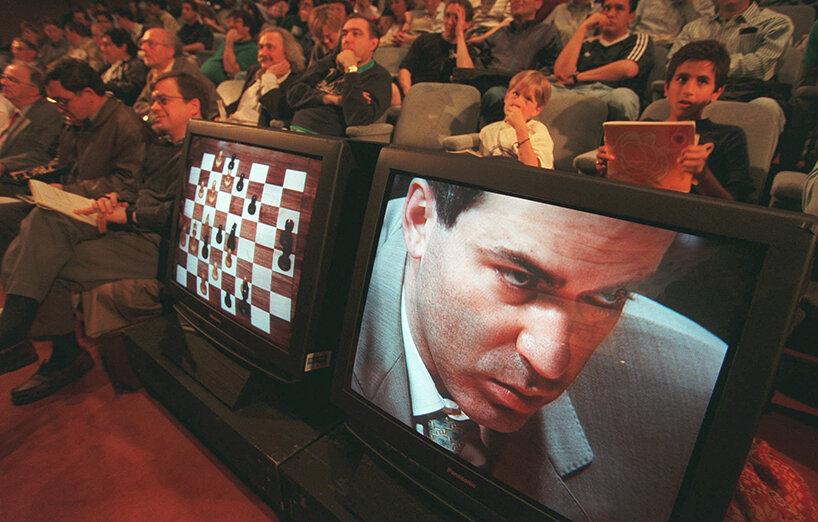the historical past of AI reminds us: the true world doesn’t resemble chess
if a computer beats the chess grandmaster, then what’s next?
in may 11, 1997, garry kasparov — the russian chess grandmaster — gave the final game against IBM’s deep blue supercomputer. a normal high-level chess game lasts up to four hours, but kasparov gave it up before even an hour was over, after a careless mistake. the machine ‘played like a god,’ he said. this victory provoked reactions from the public; if AI could beat the world’s sharpest chess mind, then what comes next? perhaps computers would soon be able to overpower humans in different fields — something that hasn’t happened, at least so far.
the development began in 1985 at carnegie mellon university under the name chiptest. it then moved to IBM, where it was first renamed ‘deep thought’. and then again in 1989 relabeled ‘deep blue’. to play chess, deep blue could predict a move ahead, calculate possible moves from there, reject the ones that seemed unpromising and go along the profitable routes. and then repeat the process again and again.
in february 1996, IBM thought it was finally ready to face kasparov for the first battle. although deep blue won one game, kasparov won three and took the match. IBM requested a rematch, and its team spent the next year building even faster hardware. in may 1997, kasparov and deep blue met again to repeat the contest. even though the computer was two times faster than before, evaluating 200 million chess moves per second, IBM wasn’t sure about the win. after making a serious blunder early in the game, kasparov was convinced he had no way to win. and then his performance was getting worse, resulting in losing the battle.

after garry kasparov beat deep blue in 1996, IBM asked him for a rematch, which was held in new york city with an upgraded machine
image by adam nadel © MIT technology review
the real world doesn’t resemble chess
even after two wins and three draws with the chess grandmaster, scientists were still doubting if machines will ever be able to beat the human brain truly. computers were better than humans at short-term movements. deep blue could easily figure the best choice a few moves ahead. but what was missing from the computer was the strategy. and that’s where people still had the lead. however, kasparov’s wrong move that led him to failure increased the company’s market cap to $11.4 billion in a single week.
sounds paradoxical, but this victory left nothing useful in its path. it had nothing to do with human thoughts. the rules were clear without hidden information, and a computer didn’t even need to pay attention to what happened in previous moves. it just evaluates the position of the figures at any given time. ‘it didn’t lead to the breakthroughs that allowed the [deep blue] AI to have a huge impact on the world,’ says campbell, one of deep thoughts’ developers. ‘there are very few problems out there where, as with chess, you have all the information you could possibly need to make the right decision,’ campbell adds. ‘most of the time there are unknowns. there’s randomness.’
the knowledge about facts of the world could move AI one step further. as numerous computer scientists now assume, the problem is that no one knows quite how to build neural networks that can reason or use common sense. shortly after his defeat by deep blue, the russian chess grandmaster claimed that the battle against an AI did not make sense. the machine was ‘thinking’ in a fundamentally inhuman manner, using brute-force math. it would always have a higher short-term tactical ability.
after his match against deep blue, kasparov argued that he sees the future for AI in collaborating with human intelligence instead of beating or replacing it.
in contrast to deep blue and deep though, recent AI systems like GPT-3, gopher, and others depend on multilayered neural networks trained on vast amounts of data. to learn more about the evolution of AI, visit MIT technology review.

photo by jent jiang on unsplash
christina petridou I designboom
feb 19, 2022

